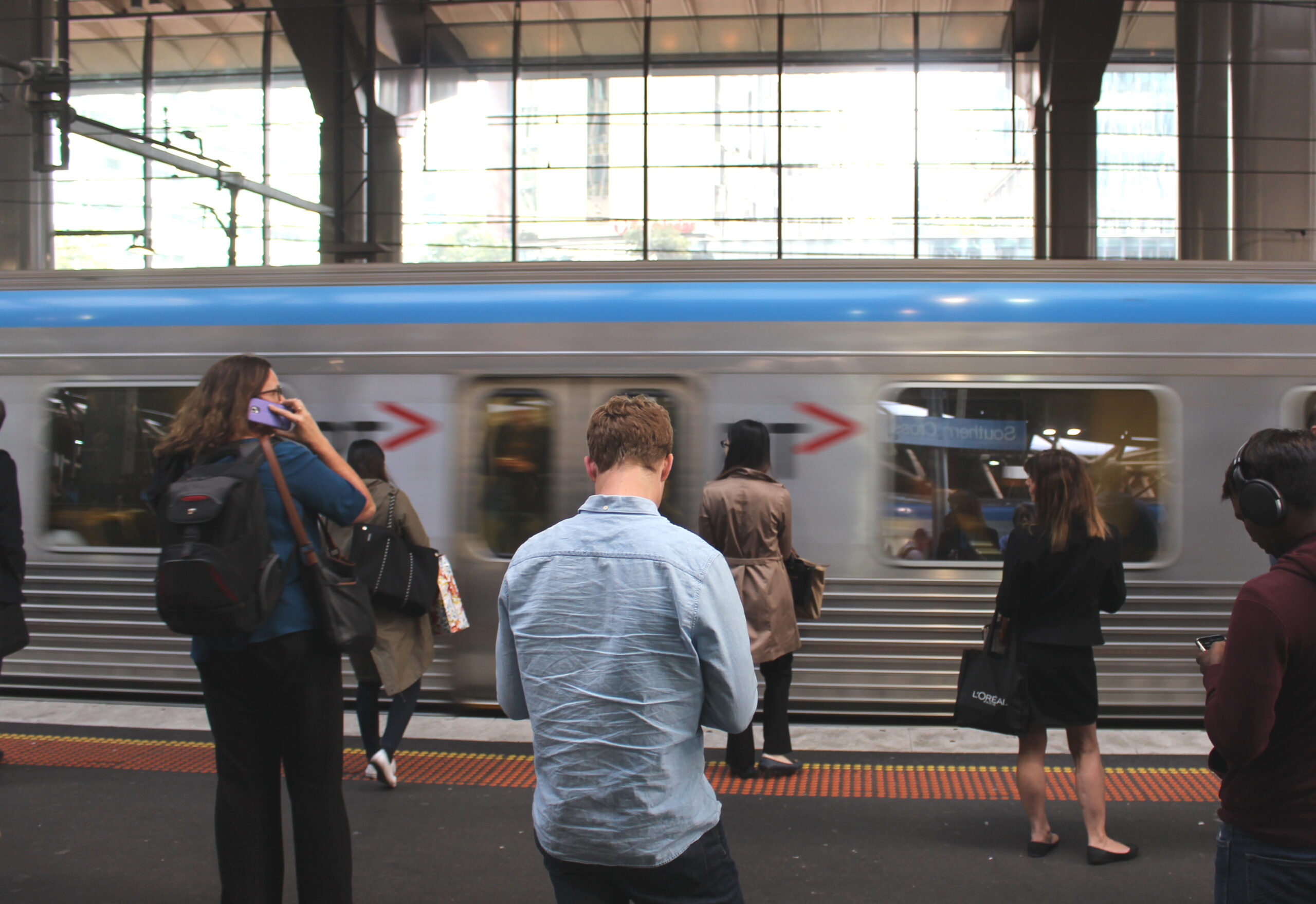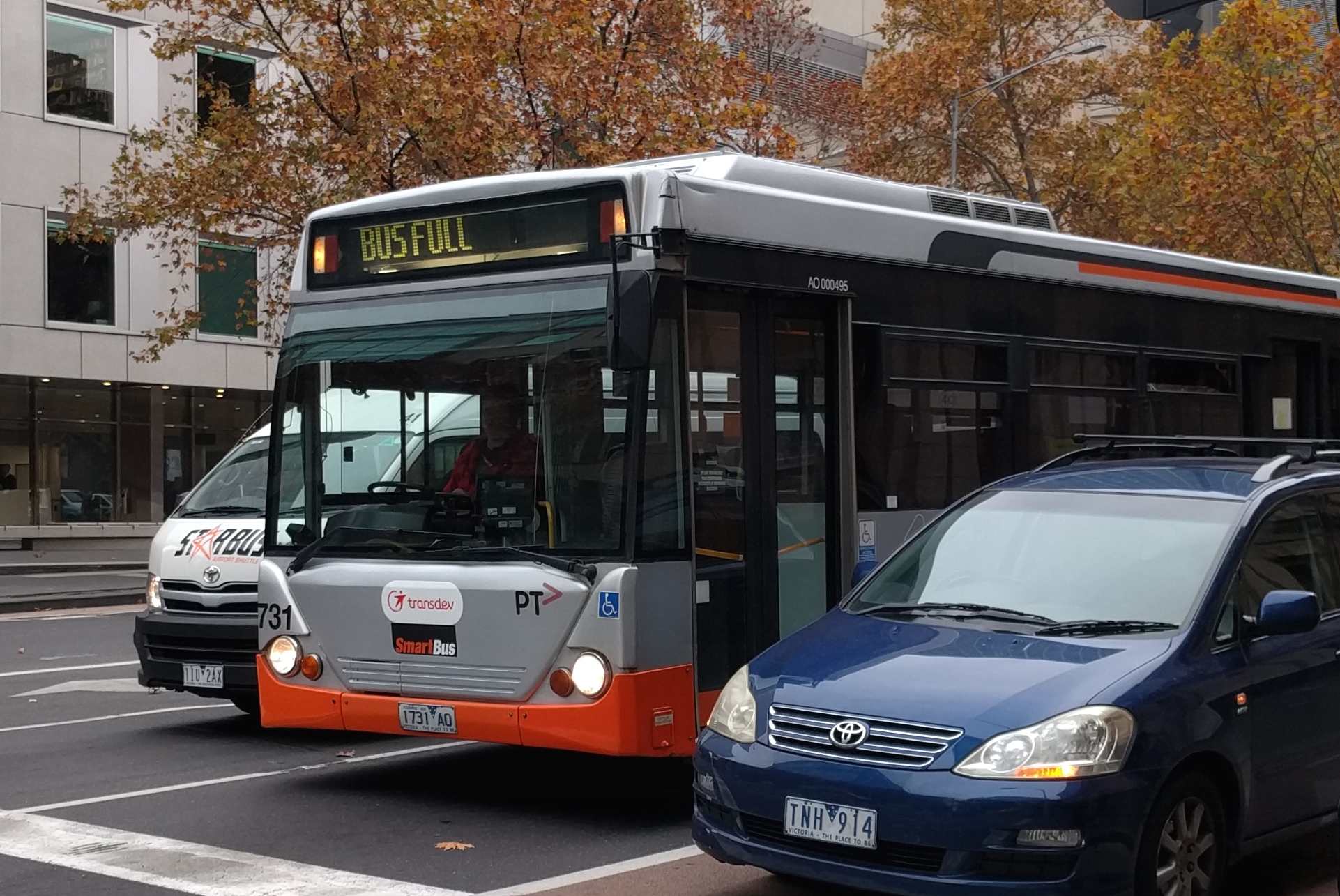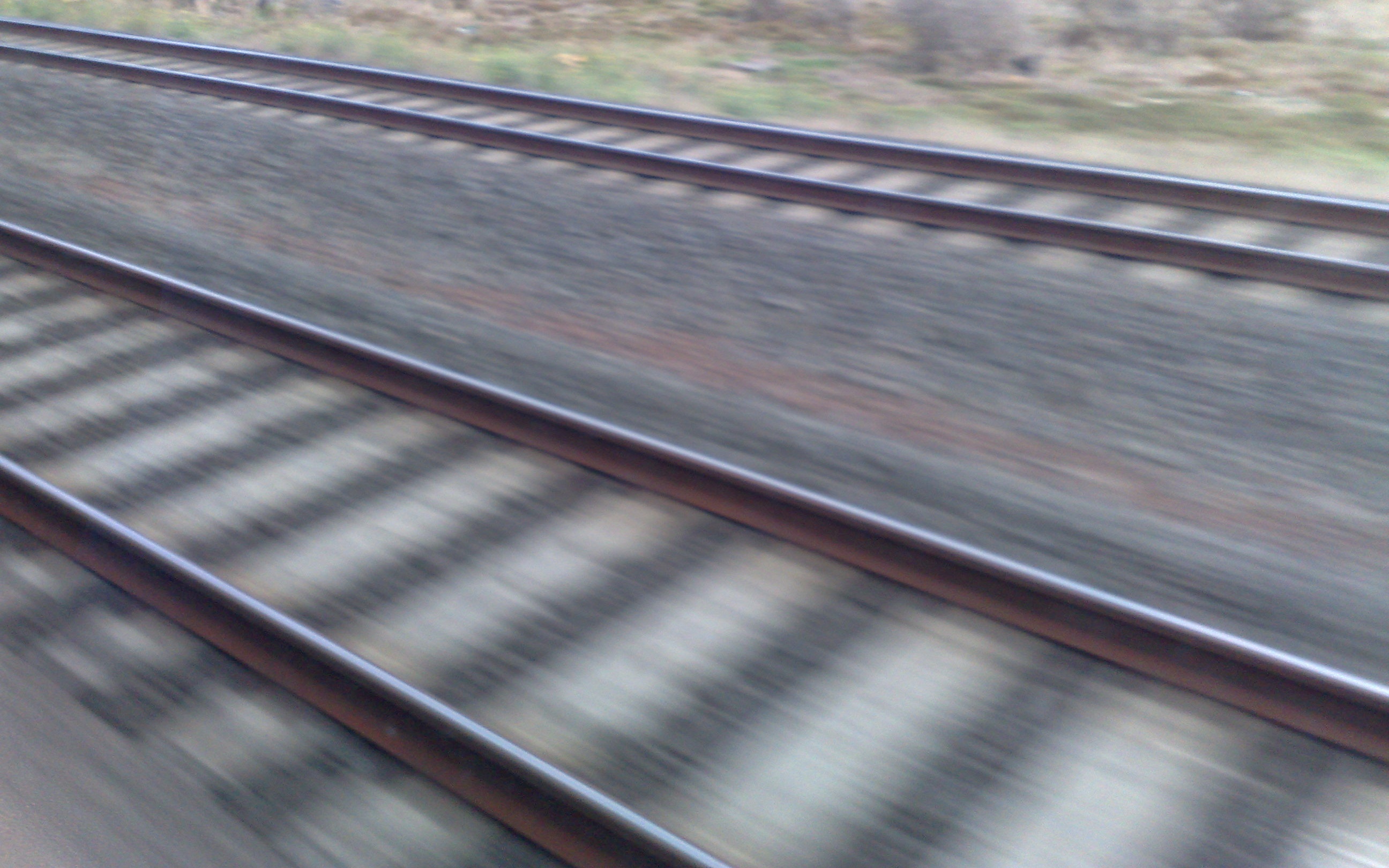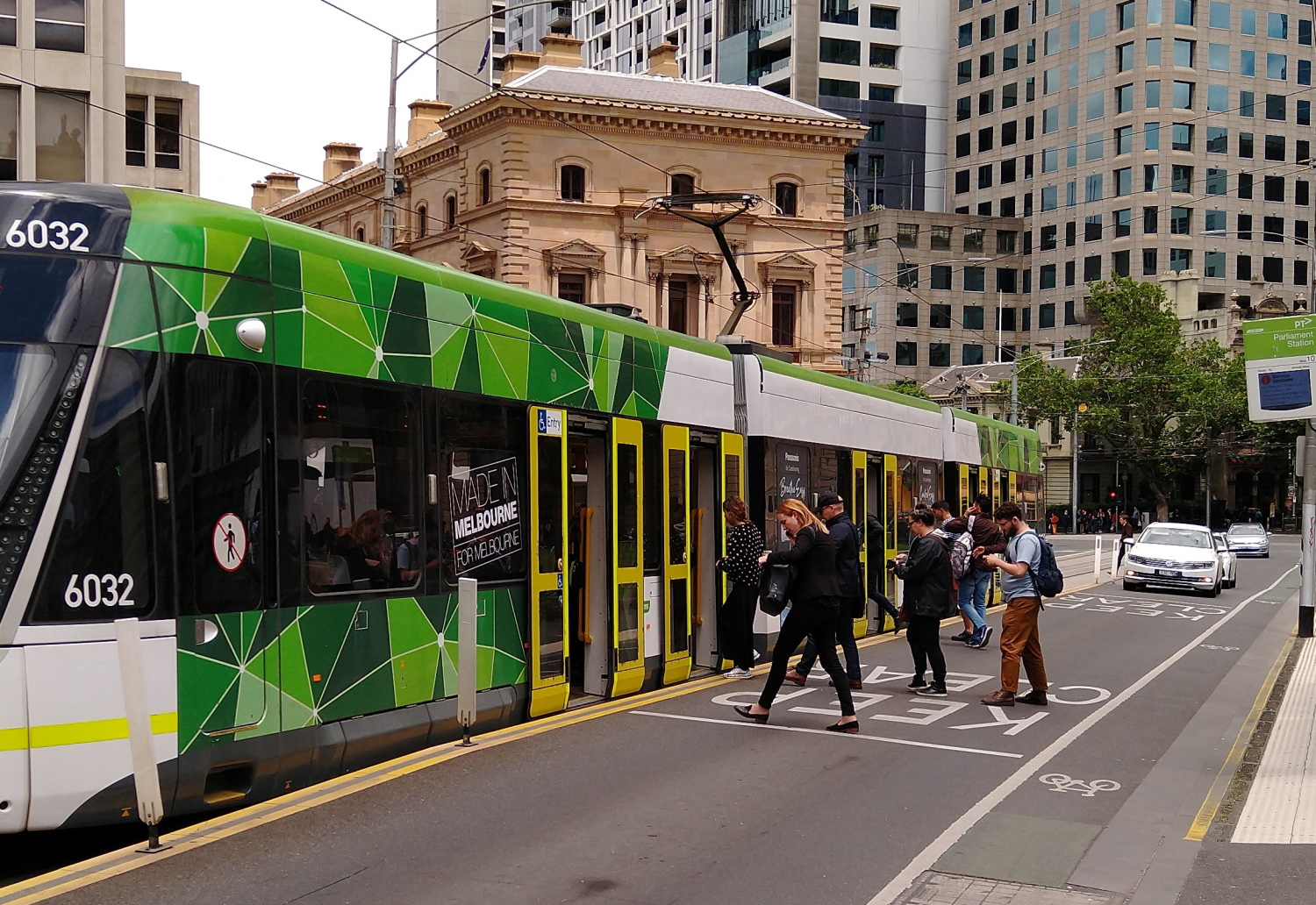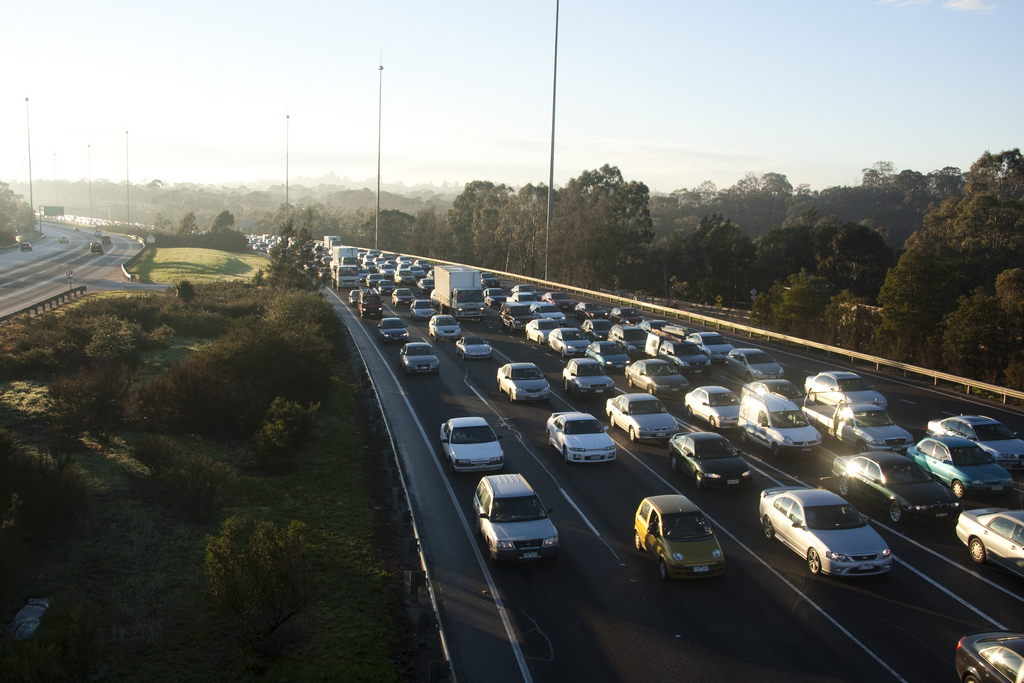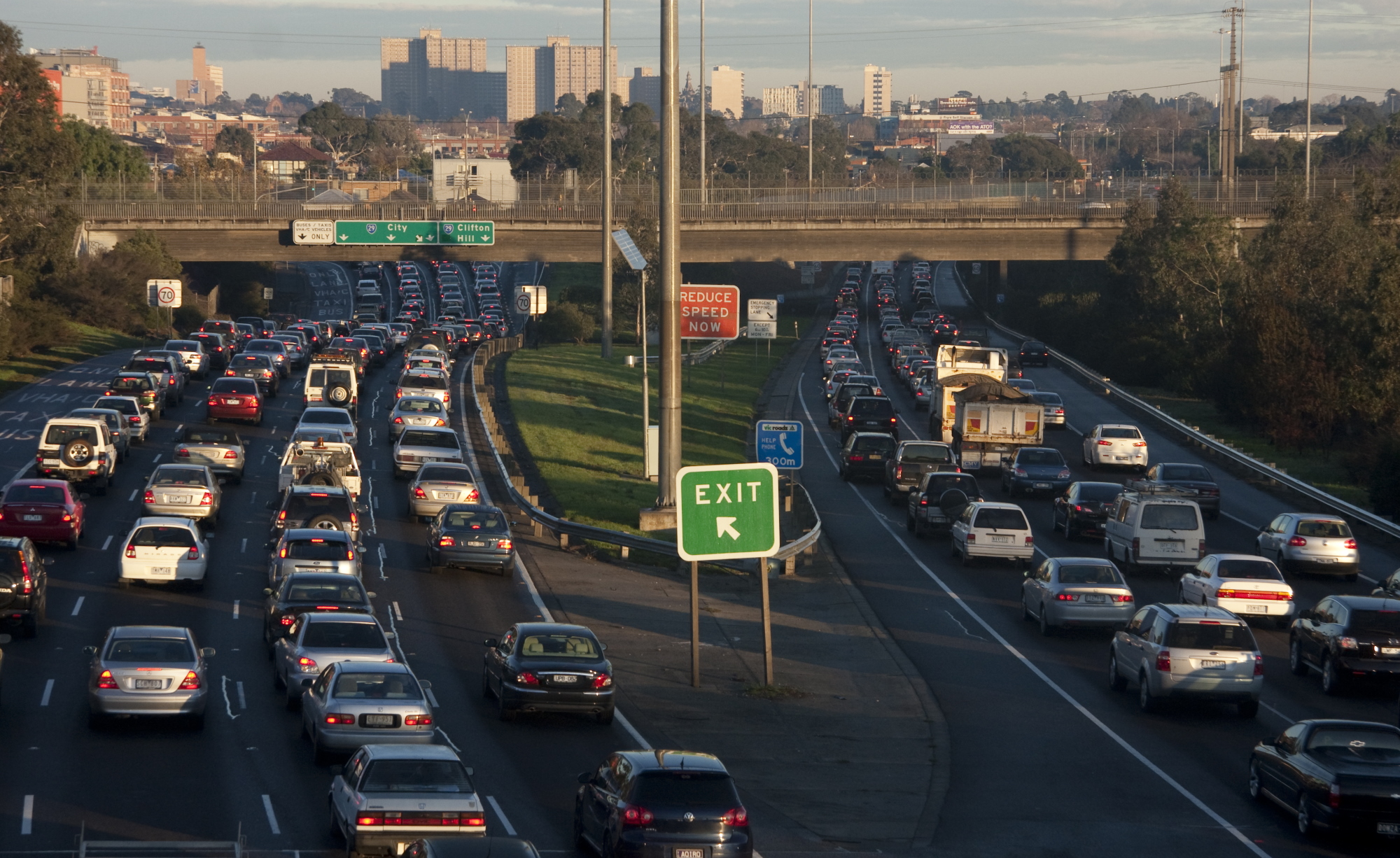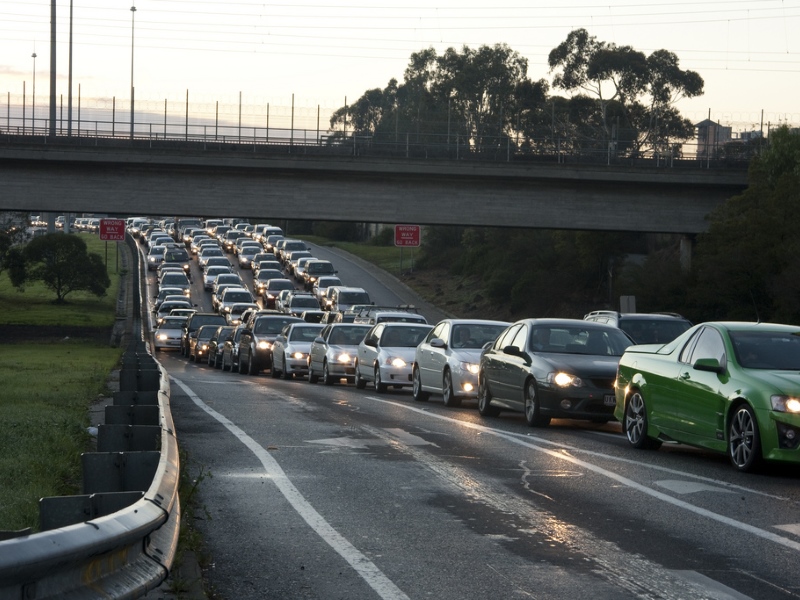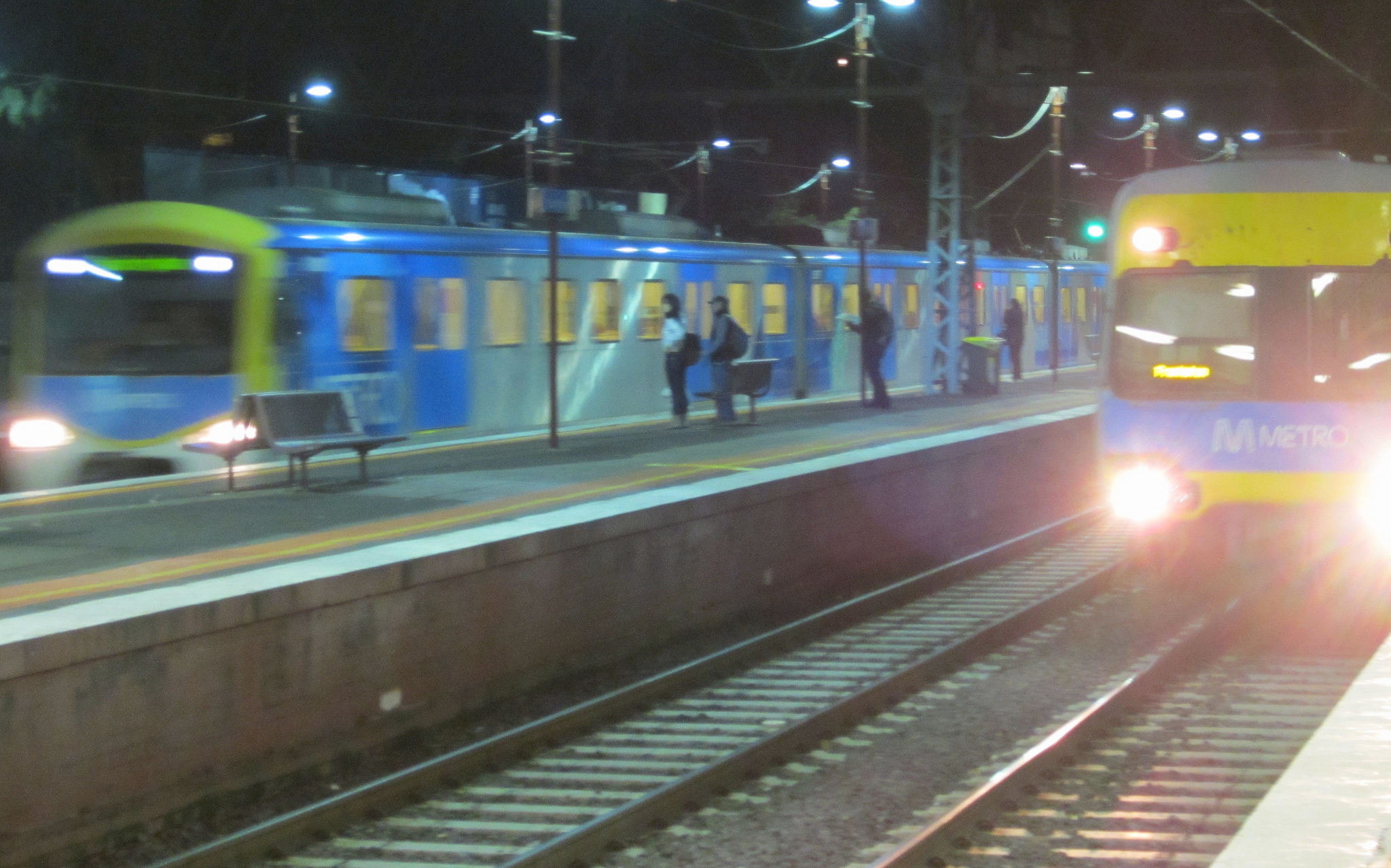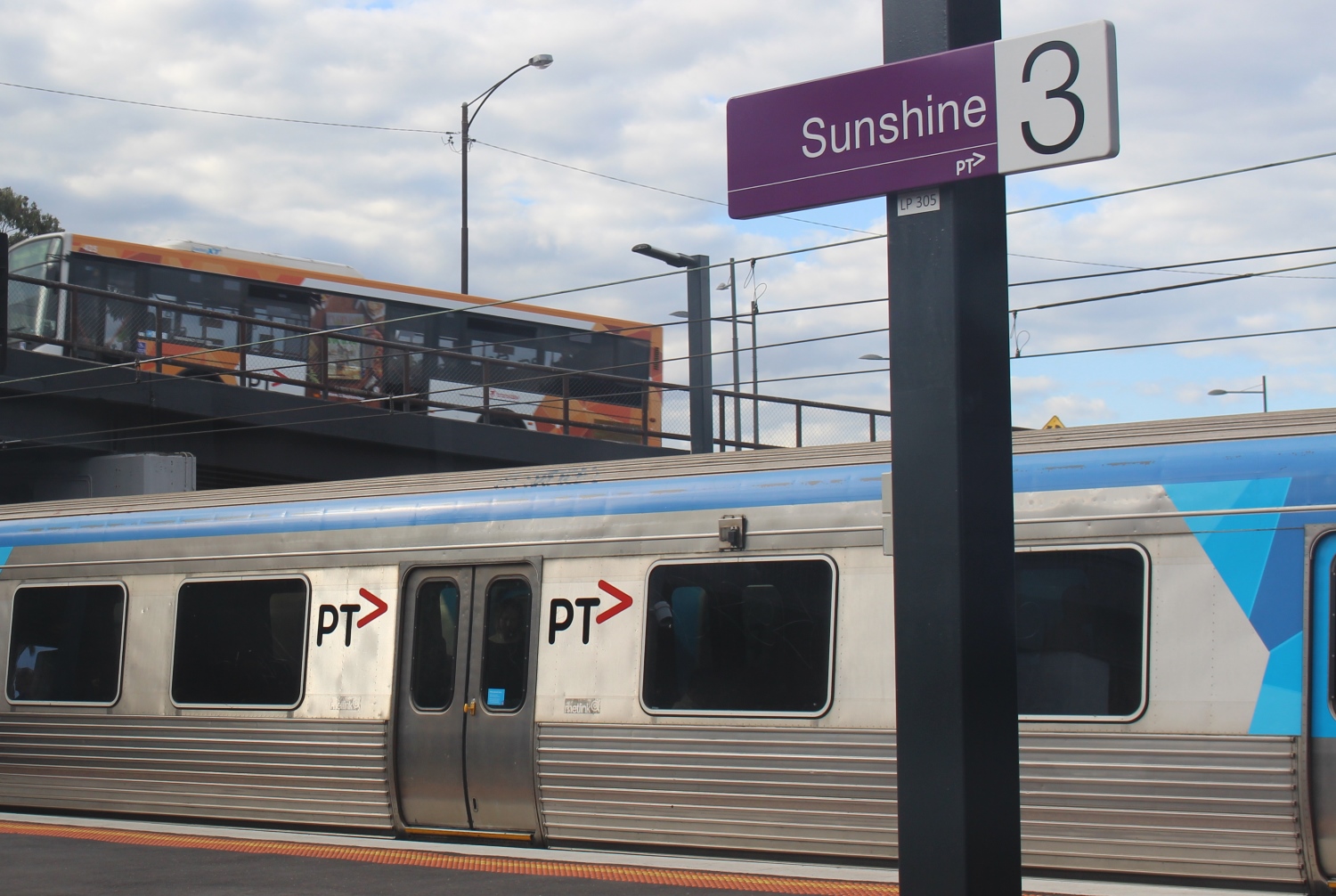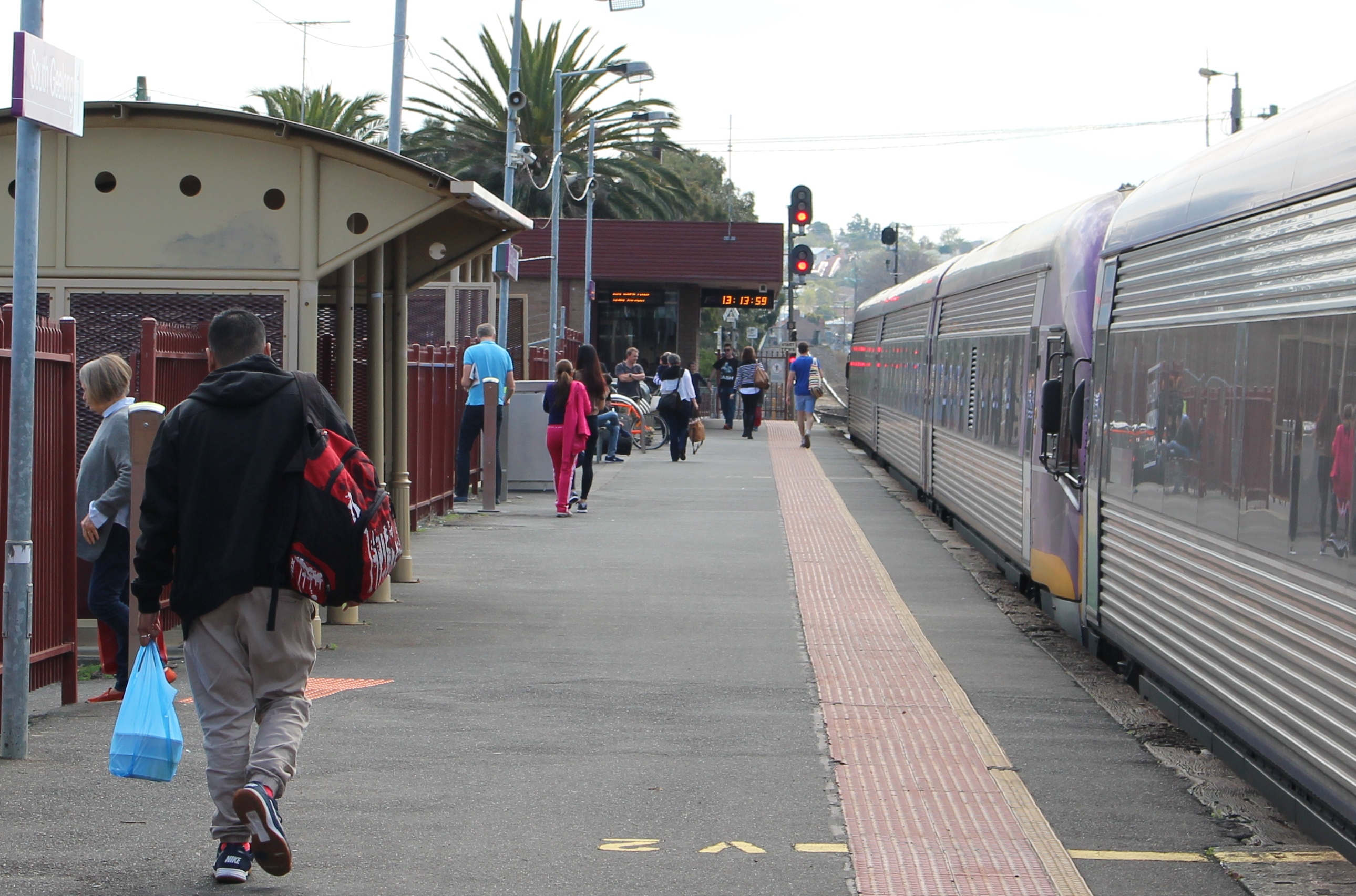Category: Media releases
-
Transport for Everyone: Post COVID-19 Recovery – New vision for buses
(Media release from Transport For Everyone) Key transport professionals have jointly written to the Victorian Premier urging the Government’s Building Victoria’s Recovery Taskforce to focus on upgrading bus services and active transport through a 5-point plan to improve mobility for Melbourne and build jobs as part of recovery from COVID-19. The 5-point plan seeks a…
-
PTUA welcomes Overland reprieve, calls for long-term investment
The Public Transport Users Association (PTUA) has welcomed the announcement that the Victorian government will contribute funding to keep the iconic Overland train running for another three months. When the South Australian government withdrew its contribution to subsidising this vital passenger link at the end of 2018, the Victorian government stepped up to fund the…
-
Enough is enough: Time for Tram Cams to stop dangerous motorists
The Public Transport Users Association (PTUA) has called for tram cams, and stronger enforcement of road rules to improve tram passenger safety. Australian road rules state that motorists are required to stop when trams stop, to allow passengers to board and alight safely.[1] “This is a rule often broken, with potentially fatal results”, said PTUA…
-
Melbourne transport still shaped by 50 year old plan – time for a rethink
December 2019 marks the 50th anniversary of the 1969 Melbourne Transportation Plan [1]: a radical exercise that sought to reshape Melbourne at vast expense, from a ‘garden city’ with well-used public transport, to a car-dominated sprawling ‘doughnut city’ based on a Los Angeles-style grid of freeways. PTUA spokesperson Daniel Bowen said that while other transport…
-
PTUA slams North East Link rubber stamp decision
The Public Transport Users Association has added its voice in solidarity with planning professionals, local councils, environment groups, Yarra Valley businesses and residents, deploring the decision by Planning Minister Richard Wynne to rubber-stamp the North East Link Environment Effects Statement. The Minister’s decision overrides the conclusions of the Inquiry and Assessment Committee after half a…
-
Eastern Freeway rail corridor is what merits protection
Protect Hamer legacy of provision for rail in freeway median: PTUA According to the Public Transport Users Association there is only one aspect of the Eastern Freeway that merits heritage protection, and that is the unique design features included by the Hamer Government to ensure a train line could be easily installed in the corridor.…
-
PTUA responds to Deakin Night Network study
Melbourne is a 24 hour city: transport provision should reflect this, but it’s no magic wand A comprehensive all-night public transport network, introduced by the Andrews Government in 2016, plays a vital role in Melbourne’s night-time economy and in helping people find safe and affordable ways home. But people should resist the temptation to judge…
-
PTUA congratulates King on new portfolio, calls for state-federal cooperation on infrastructure
The Public Transport Users Association (PTUA) has congratulated Catherine King on her re-election as the member for Ballarat, and on being appointed Shadow Minister for Infrastructure, Transport and Regional Development. PTUA Ballarat Branch Convener Ben Lever said that this portfolio was crucial to the future of Ballarat and western Victoria. “One of the keys to…
-
Transport blitz welcome, but serious value-for-money questions linger
The Public Transport Users Association has commended the Andrews State Government for its renewed commitment to suburban and regional public transport with new projects including the Western Rail Plan, Cranbourne train line duplication, Hurstbridge and Sunbury line improvements, new trams, and a solid start on the Airport Rail Link in cooperation with the re-elected Morrison…
-
Value for money must inform State budget reset, says PTUA
The Andrews Government should be putting gigantic new transport projects on hold while it properly assesses their value and takes stock of the state’s fiscal capacity, according to the Public Transport Users Association. In the wake of the weekend’s Federal election result there is ample scope for Victoria and Canberra to work together on what…
-
Rail cash welcome, but for Melbourne’s sake we need a plan
The $10 billion pledge by Federal Labor toward Melbourne’s Suburban Rail Loop is a massive vote of confidence in restoring Melbourne’s reputation as a liveable city and responding to the climate emergency, but the size of spending underscores the urgent need for a coherent, community-led transport plan, according to the Public Transport Users Association. The…
-
Public transport users welcome Geelong rail duplication agreement
The Public Transport Users Association (PTUA) has welcomed the commitment by the federal government to fully fund its share of the planned duplication of the rail line from South Geelong to Waurn Ponds. PTUA Geelong Branch convener, Paul Westcott, said that the project had been on the agenda ever since the opening of Marshall station…
